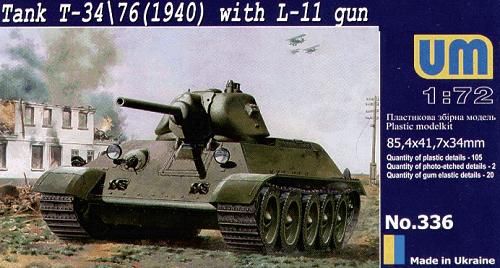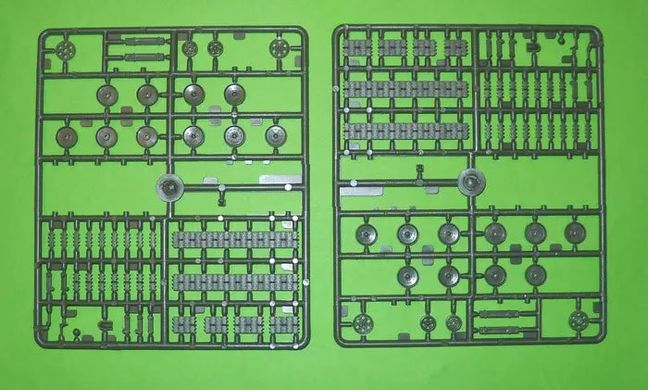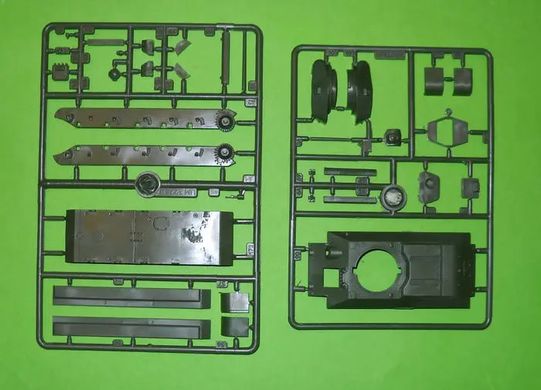T-34 is a Radian medium tank from the Other Light War and the post-war period. The first and last signs were born in 1937-1940, and serial production in the USSR began in 1940-1957. This year, nearly 84,000 vehicles of this type were produced, making the T-34 one of the most damaged tanks in history! Driven by one V-2-34 engine with a power of 500 hp. The height of the car - for the T34 / 76 version - was 6.68 m, with a width of 3 meters. The armored system consisted of a 76.2-mm F-34 gun and two 7.62-mm DT machine guns. The main equipment of the T-34/85 version was the 85-mm ZIS-S-53 gun. T-34, unearthly, є to the same tanks in the same way in the other, so, so, the same symbol of the Radyansko, peremony at Vіinі, The vehicle was disassembled for the needs of the Red Army as a replacement for the so-called re-investigated tanks of the BT series (BT-5 and BT-7), as well as the T-26 tank. Work on the car began in 1937 in a special design bureau at the locomotive plant in Kharkov. Starting with robots, keruvav eng. Adolf Dick (having produced the first sketches of a new machine), and after he was arrested by the radyan security authorities, the robotic cherub Mikhailo Koshkin. Initially the car is small, designated A-20. However, another prototype (A-32) was soon developed with the main armor being 76.2 mm thick and significantly thicker frontal armor. The remaining prototype itself was still adopted before production. You can assume that at the time of adoption the TT-34 will have a lot of parameters as a tank. It is characterized - as in the 1940s - by strong armor, well-profiled armor based on thin armor plates, as well as high mobility and off-road driving power. One can only mention the crappy ergonomics of the car and the crappy optics that were used in the first production batches. Regardless of these minorities, if the T-34 showed up on the Continental Front, the German troops were greatly disturbed by it. The high rating of the T-34 and its combat capabilities summed up its serial production and became the main tank of the Red Army during the battles of 1942-1945. They also led to further refinement of the design, for example, in 1942, a new hexagonal tower appeared, which painted the work of crew members with a commander's hat. The engine and gearbox were also refurbished. In 1944, the T-34/85 model with a completely new trim frame and basic modifications in the form of an 85-mm frame was adopted. The T-34 tank took part in almost all the great battles between the Red Army and the Wehrmacht on the Similar Front in 1941-1945: starting with the Battle of Moscow, through the Battle of Stalingrad and Kursk, Operation Bagration and the Capture m. Berlin. After 1945, the T-34 tank was still in production, and was widely exported outside the USSR to countries such as Czechoslovakia, Poland, Skhidna Nimecchina, Ugorshchina and Syria.


















